 | ||
Perfect for pollinators Wild Parsnip-pastinaca sativa– grows best in the semi-shade of hedgerows or garden meadow. It is a competitive species and useful for growing in areas where other wildflowers many not flourish such as sites with lush vegetation or high soil fertility. Wild Parsnip is a tall growing species with yellow-greenish flowers that appear from June to August. Plants will attract a range of insect life including bees. Wild Parsnip looks best growing with wildflowers such as Red Campion., Teasel, Hedge Woundwort, Cow Parsnip and Cow Parsley. How to grow Wild Parsnip Seeds Wild Parsnip seeds should be sown in autumn, either in seed trays or outside, where they are to flower and covered lightly with soil. RHS Perfect for Pollinators. The RHS Perfect for Pollinators mark is only given to plants that support pollinating insects in gardens. Bees, butterflies, moths, hoverflies and many others visit flowers to feed on nectar and pollen; while doing so they transfer pollen and increase seed set and fruit development. Find out more at: rhs.org.uk/plants To discover more plants for Bees, simply enter the word "pollinators" into the search box above. To buy Wild Parsnip seeds To purchase Wild Parsnip seeds, please select a quantity above and click add to cart. To ensure the best chance of success, we sell all of our wildflower seeds by weight, which ensures each wildflower seed packet contains a good quantity of seeds. The recommended sowing rate is 1 gram per square metre. All of our Wildflower seed packets contain seeds of Native British provenance. Summary type - biennial, colour - yellow-green, height - 30 to 125cms, flowers June, July, August, habitat - Semi-Shade (Orchards, Hedgerow, Banks, Open Woodland), Dry Grassland (clay, loam), Bare, Open Ground (eg Arable field margins, disturbed, waste ground), Attracts Bees, | ||
Printed 02/07/2025 03:39:30
type biennial colour yellow green height 30 to 125cms flowers june july august habitat semi shade orchards hedgerow banks open woodland dry grassland clay loam bare open ground eg arable field margins disturbed waste ground attracts bees
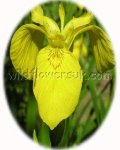

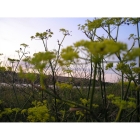
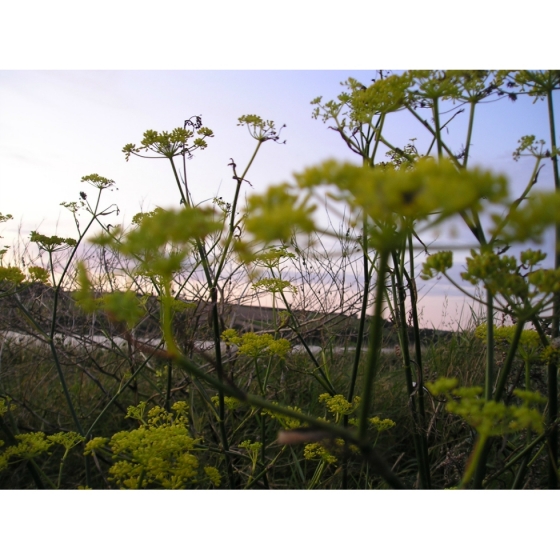

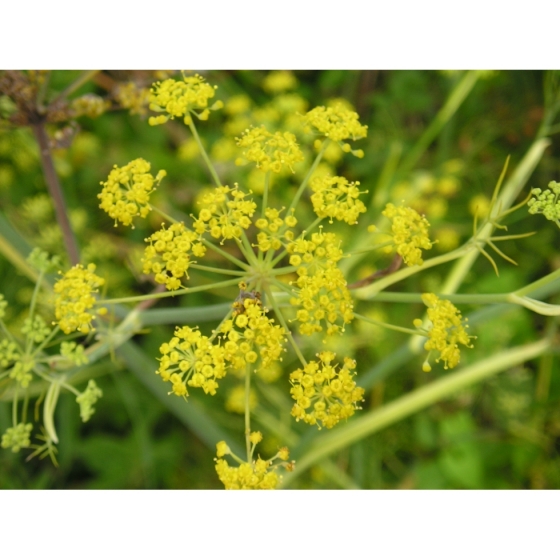
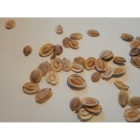
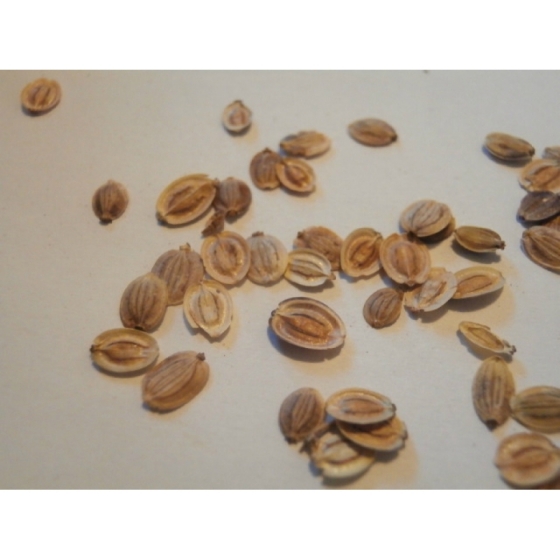



 added to basket
added to basket